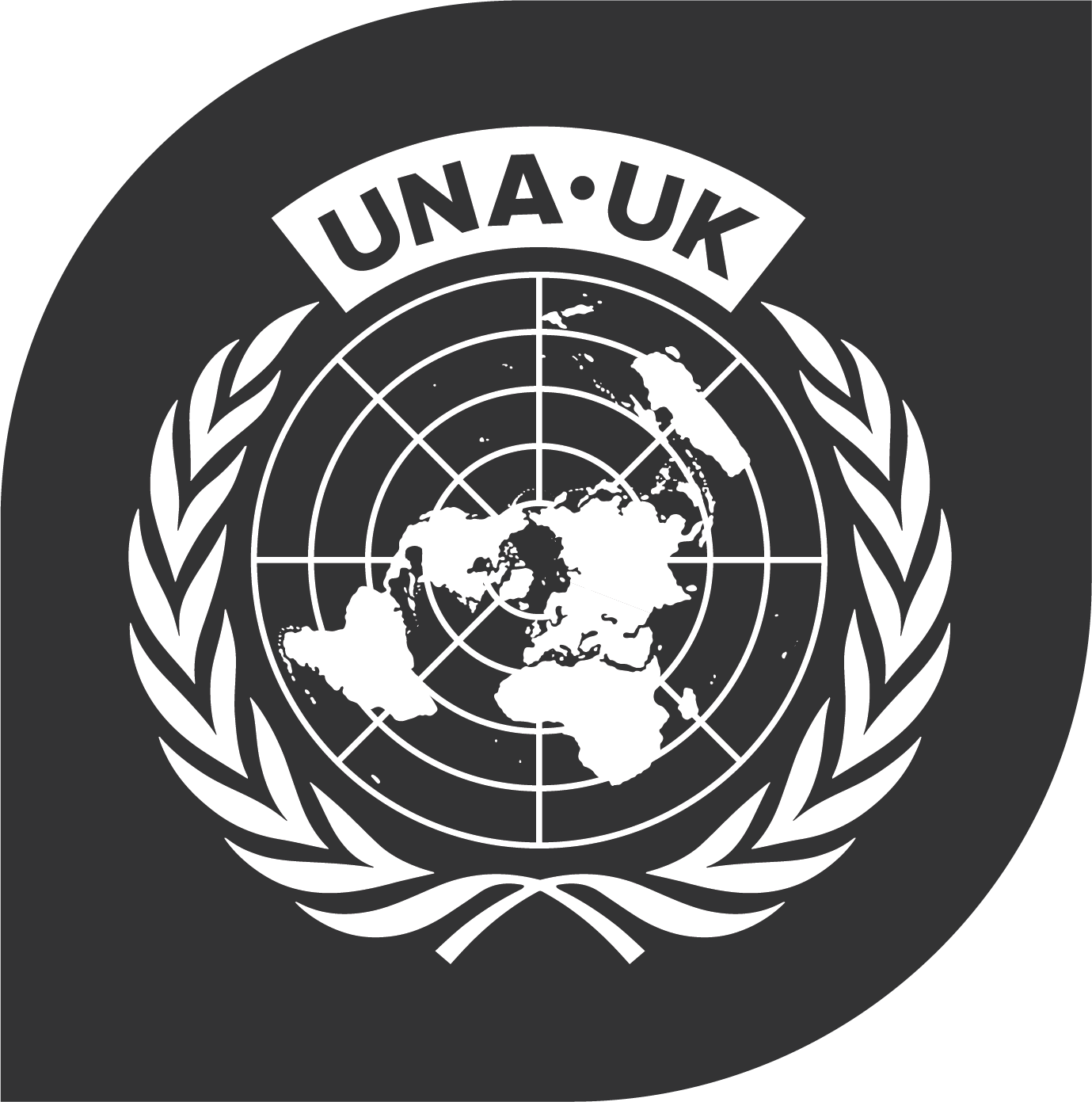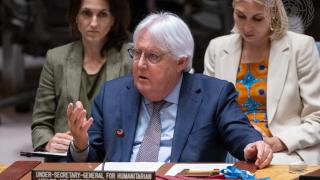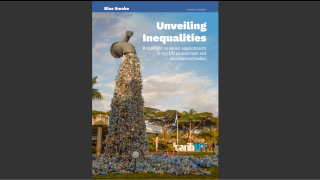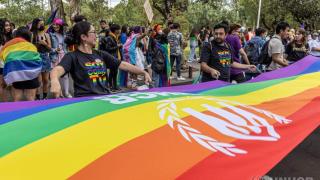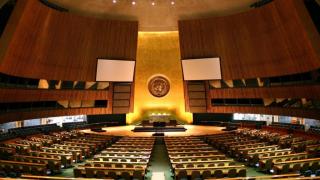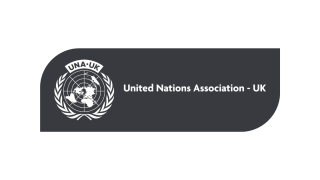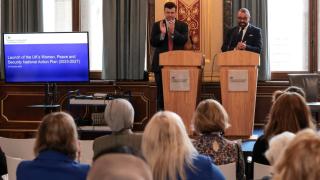
Fifty five years after the death of Dag Hammarskjöld, we are inching closer to finding out how he died. UNA-UK hopes the UK will support a new Swedish initiative at the UN General Assembly to reopen the investigation.
Dag Hammarskjöld was Secretary-General of the United Nations from 1953 to 1961. He is considered to have been one of the most effective and capable Secretaries-General in UN history, pioneering the concept of preventive diplomacy and of using the Secretary-General’s good offices to promote peace. On the night of 17-18 September 1961, in the course of a UN mission to try to bring peace to what is now the Democratic Republic of Congo, Hammarskjöld’s Swedish owned and crewed plane crashed near Ndola airport in the British protectorate of Northern Rhodesia (now Zambia). Only one person survived the crash but died five days later in a local hospital.
Hammarskjöld is the only Secretary-General to have died in office. Three formal investigations (by the UN and member states) and subsequent private initiatives came to varying conclusions about the crash. The official verdict, that of the third UN Commission of Inquiry, was open. Nevertheless, to the disappointment of the families of those involved in the crash, an earlier verdict – that pilot error was to blame – retains widespread acceptance. Meanwhile, a second explanation – that Hammarskjöld’s plane was shot down by another aircraft operated by persons unknown – once considered a fairly fringe conspiracy theory, is now thought by some to be a plausible and credible explanation.
The credit for that transformation largely lies with the Hammarskjöld Commission, a voluntary body consisting of various eminent persons who – concerned by information contained in the book “Who Killed Hammarskjold?: The UN, the Cold War and White Supremacy in Africa” by Susan Williams - sought to reopen investigations. Since 2014 their efforts have been rewarded by an ongoing process, championed by Sweden and Zambia, in the UN General Assembly, with annual investigations mandated by resolution. Secretary-General Ban Ki-moon has said: “this may be our last chance to find the truth.” He has invested significant time and political capital into the investigations.
The current status of the process is as follows. A UN panel, headed by Mohamed Chande Othman, Chief Justice of Tanzania found,
Significant new information that it assessed as having sufficient probative value to further pursue aerial attack or other interference as a hypothesis of the possible cause of the crash
In response, Mr Ban wrote to the governments of the US, UK, Belgium and South Africa, asking them to release information related to the crash. Some states, including the UK, did not provide any further information. However, the information provided by South Africa was enough for the Secretary-General to suggest that the UN General Assembly should appoint an eminent person to review the potential new information and determine the scope for a further inquiry.
On 23 November, Sweden will put forward a new draft resolution calling for the appointment of such an eminent person, for all member states to release all information they have on the crash, and for there to be a debate about Dag Hammarskjöld’s death, and that of his crew, at the next General Assembly.
UNA-UK hopes that the UK will support the draft. If there is a chance of the truth coming out then that is something that should be pursued, not only to provide closure for the descendants of those that died, but to explain fully an important section of the UN's early history.
Image: Dag Hammarskjöld, UN Photo
